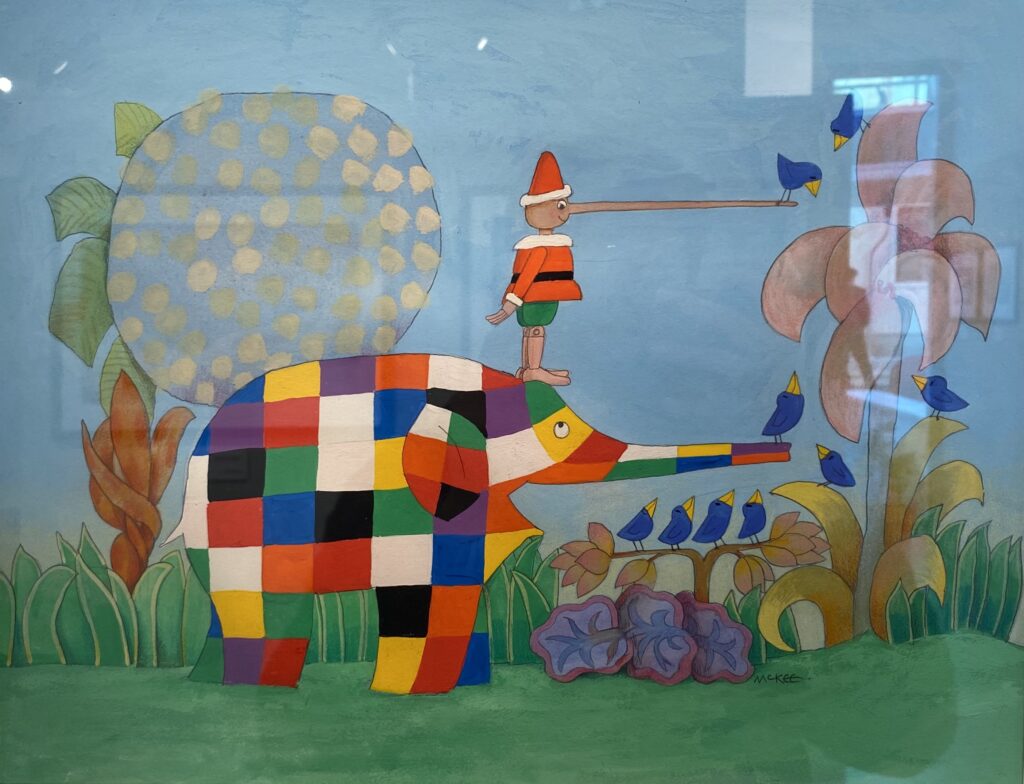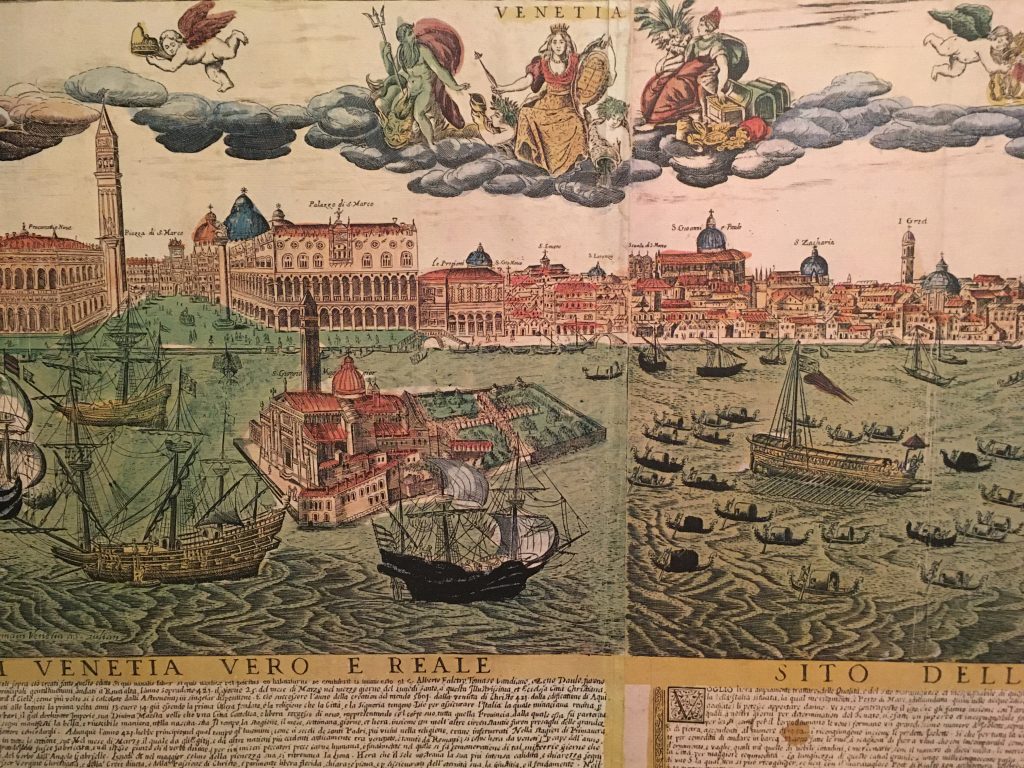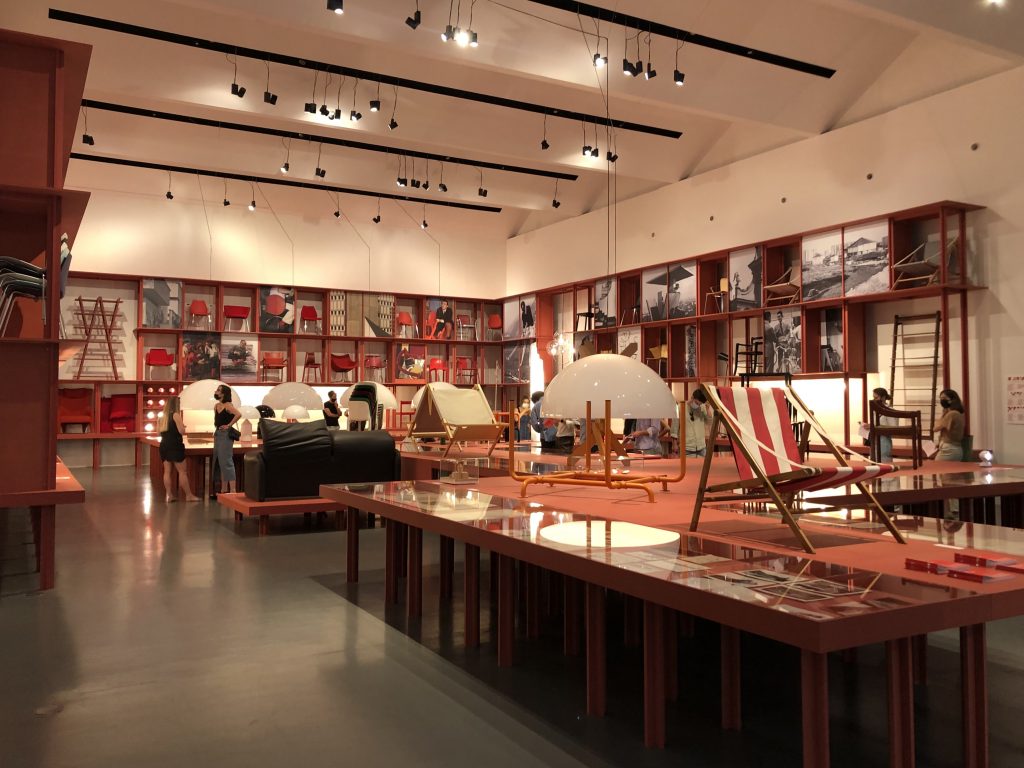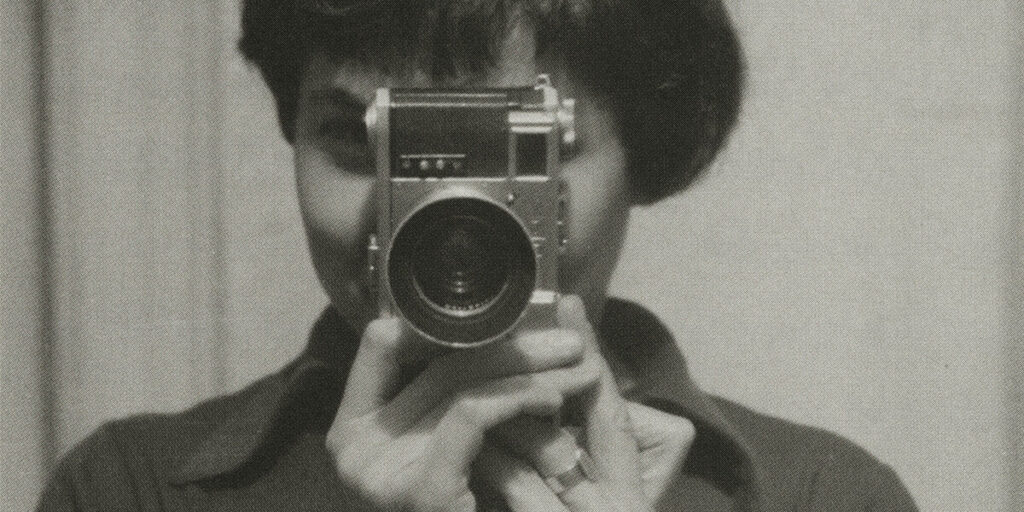Imagine a village deep in the Veneto region of Italy, on the slopes of Cansiglio, transformed into an open-air theater where fire-eaters, puppeteers and acrobats entertain young and old in the still-warm light of early autumn. A village where the main activity is the cultivation of the ability to daydream. This is Sarmede.
Located in the northern part of the province of Treviso, on the border with Friuli, this place has in its DNA the characteristic of being a crossroads of human histories and experiences that have charged it with a positive energy, made up of the desires and hopes that have met here. You can feel it on your skin as you approach it as you leave the commercial outskirts of Conegliano and head north among the old farmhouses and cultivated fields: looking slightly to the left, you catch a glimpse of Vittorio Veneto with that panorama immortalized in so many altarpieces by Cima da Conegliano.
For the past forty years, Sarmede has been the home of the International Exhibition of Illustration for Children, The Images of Fantasy, an event that over time has attracted more than 800,000 visitors, generated more than 400 exhibitions worldwide-bringing the images presented here to the Centre Pompidou in Paris, the Reina Sofia in Madrid, the Europarliament in Brussels, and even the Parthenon in Athens-and becoming a fixture for experts in the field.

It was all the brainchild of Štěpán Zavřel, a Czechoslovakian who fled to the other side of the Iron Curtain in the summer of 1959. After an artistic wandering through Europe he found here, in the late 1960s, the perfect place in which to build his own safe haven: a house-shelter in which to reciprocate the hospitality of the many dear friends who had known and helped him over time, and in which to cultivate and share his art.
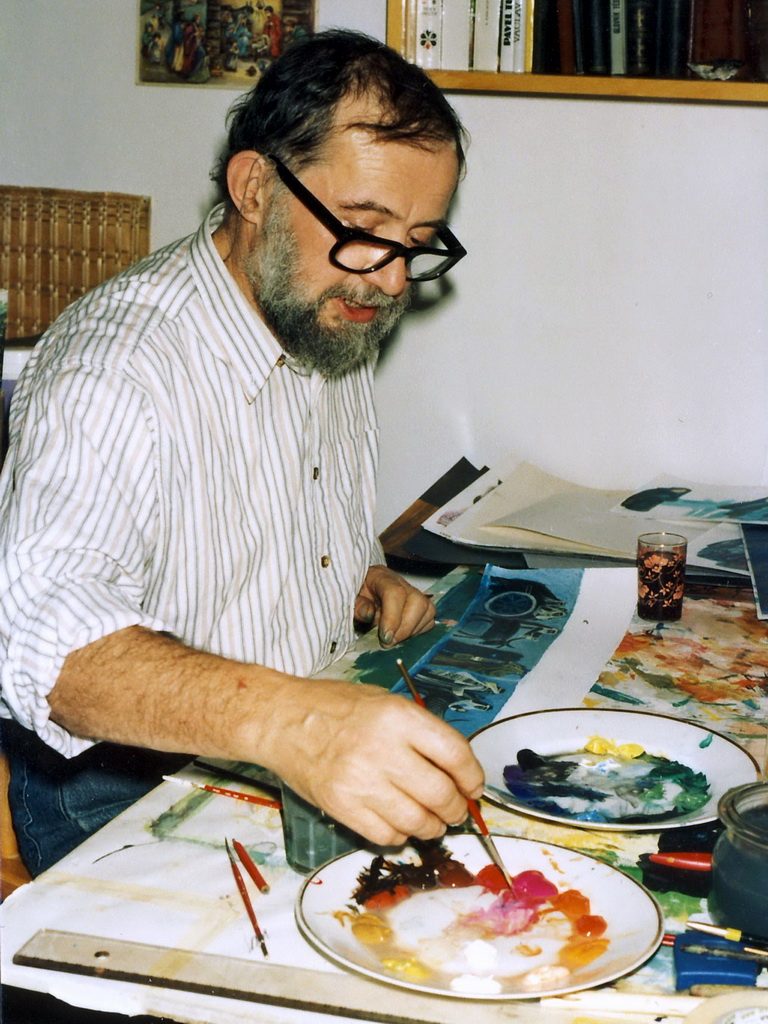
Zavřel, has always been dedicated to the world of pure and positive fantasy, the kind that characterizes the imagination of the youngest children and that is forgotten all too soon as they grow up. In the field of children’s publishing he found the most suitable way to concentrate on drawing while maintaining that style of his with a distinct imaginative and delicate vein in which watercolor is the preferred medium. He was incredibly successful.
He had started, like so many others, from the experience of the Bologna Children’s Book Fair where he had met his first illustrator colleagues and interfaced with the publishing world. He decided, however, to create in Sarmede something different, unique, and capable of restoring to illustration that artistic importance and dignity that was often not grasped by most people.
In Sarmede the Illustration Exhibition lasts three and a half months, is organized by thematic sections, and has an artistic director and jury who select the best artists to exhibit. No illustrators with books chock-full of papers under their arms spinning like a spinning top among the booths of publishing houses in search of a contract: at most here young artists used to come and continue to come to introduce themselves to the great masters of the art of illustration and receive opinions, advice, and, starting in 1988, invitations to enroll in the newly established School of Illustration.
Since 2002, the exhibition has taken place in the spaces of the House of Fantasy, a building in the city center also equipped for the conduct of all educational activities dedicated to children and their families: it is a space that allows a break from the duties of the outside world; in which to carve out time to read or listen to a story and discover new worlds.
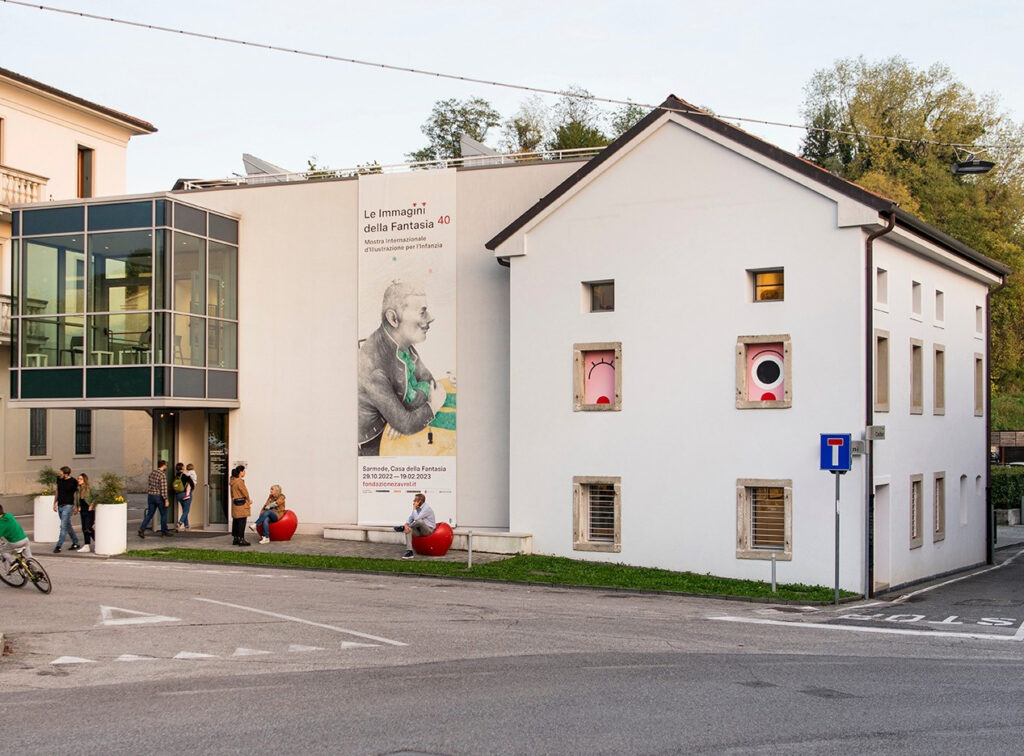
This year the artistic direction was assigned to Gabriel Pacheco, a Mexican artist born in 1973 whose delicate and melancholy surrealism in his pastels has received international recognition. On display are 350 works by more than thirty illustrators from fifteen countries: the Paronama section is entitled The Poetic Substance and presents the typographic plates of published and unpublished projects by fifteen international artists.
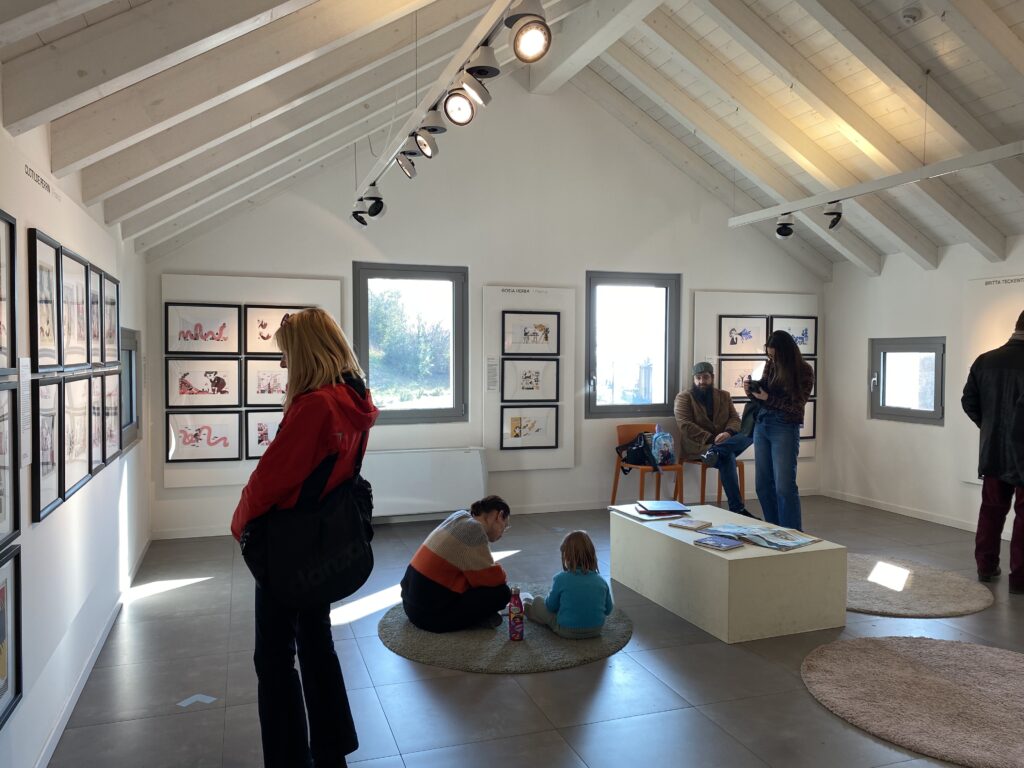
In the section dedicated to pedagogy, Poetic Toys, the work of Rufina Bazlova, a Belarusian artist who recovers the pattern of cross-stitch to create a bichromatic pattern (red and white) with which to represent political and social episodes in current history, stands out. The Theme section titled Dreams, Memories and Other Poems aims to pay homage to the first edition of the exhibition by re-proposing the works of the artists who participated in it: the name of Leonora Carrington stands out among them all, chosen as the artist of reference for the 2022 Biennial precisely because of her work as an illustrator of fantastic worlds. This is complemented by the special exhibition Stories of Friendship and Art, which features a number of plates by illustrators with ties to Sarmede: David McKee, Emanuele Luzzati, Květa Pacovská, Jindra Čapek and Józef Wilkoń. Looking at these images even for older people it is impossible not to rediscover childhood memories. Part of the exhibition is, of course, reserved for the artists of the Sarmede School of Illustration.
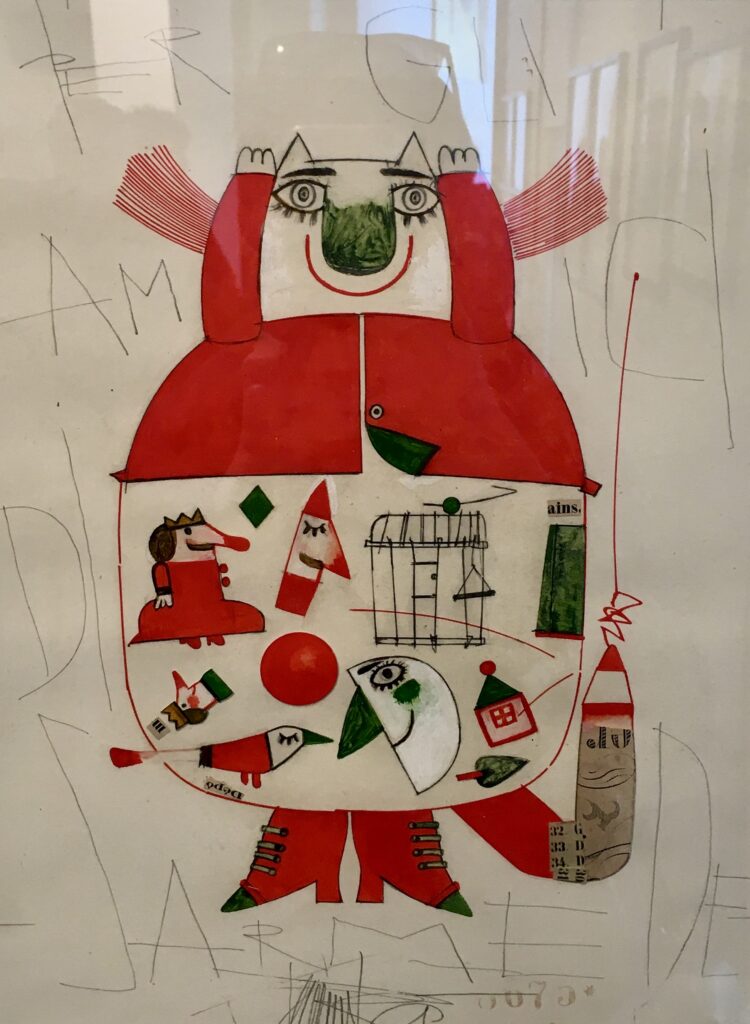
Guest of honor is the artist Johanna Concejo, an illustrator of Polish origin who has lived in France since 1994 and is also famous for her collaboration with the award-winning Polish writer Olga Tokarczuk (Nobel Prize 2018) on the book The Lost Soul. An exhibition is dedicated to her that explains the creative process that leads to the creation of a picture book, artist albums and the prototypes of some books with a particular format are then offered: Ksiaze w cukierni, Un price à la pâtisserie, is an accordion tale more than six meters long whose material fragility is intended to enhance the simplicity and delicacy of life’s little joys.
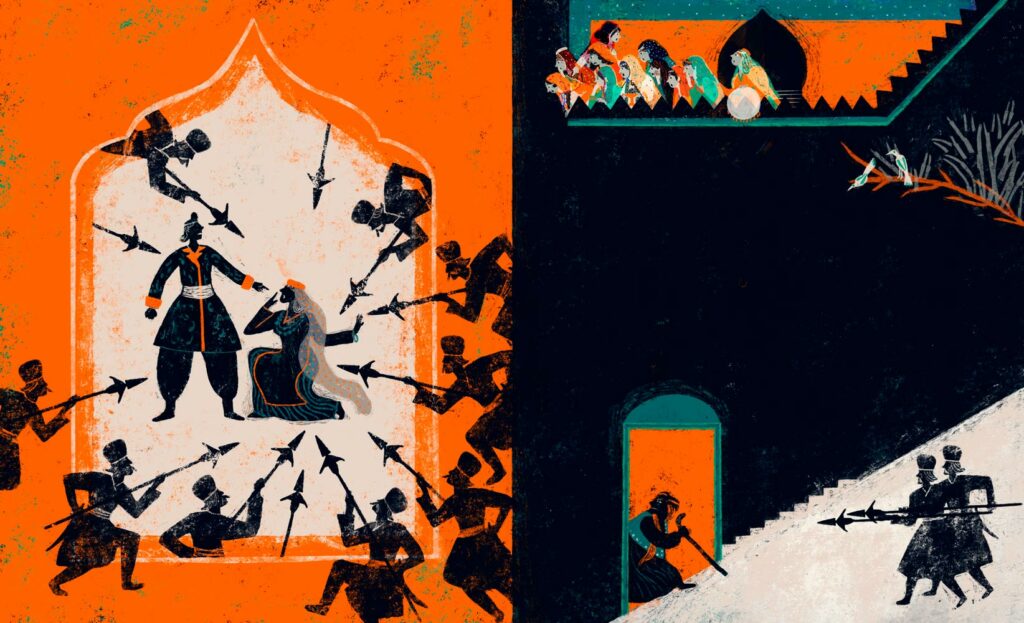
Illustration is meant to tell a story in a few unforgettable images. No matter how long the text is and what language it is written in, through images the story is told across all political and cultural boundaries because it springs from and feeds on the naive simplicity that is innate in each of us.

Stepan called himself a stateless person, he was in every way: he spoke several languages, continued to travel throughout his life, and succeeded in the feat of turning the small, unknown village of Sarmede into a nerve center of the world of fantasy, the Land of Fairy Tales, where people and stories from all over the world come every year. This is carried on by the Stepan Zavrel Foundation, which was established after the artist’s death and continues to organize and run the International Exhibition from year to year. Don’t miss your chance to visit this very special edition. There is time until February 19.

